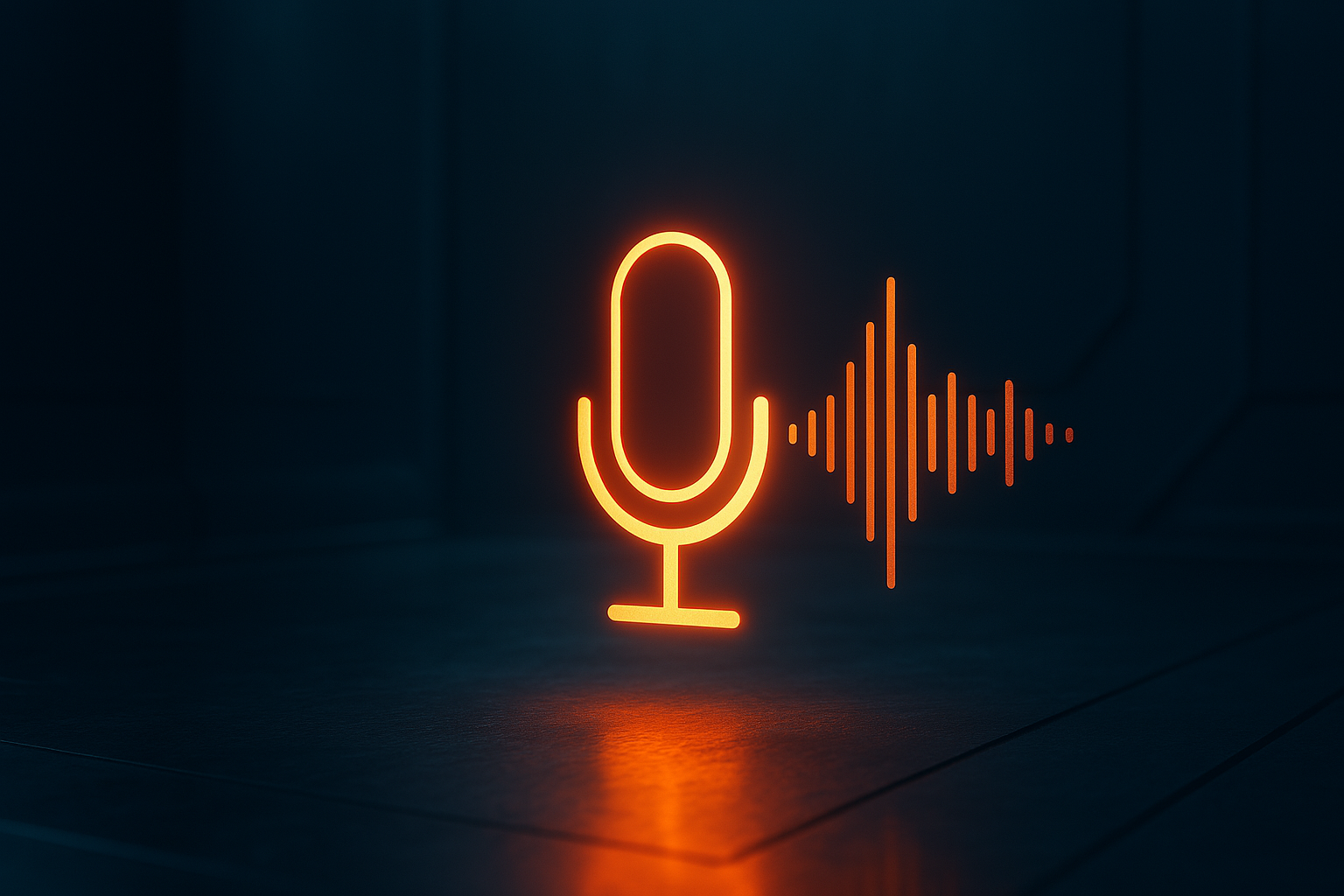The Story of Keryk_AI, Part 2
Originally posted on LinkedIn, April 11,2025
In my last post, I shared how I started thinking differently about AI, especially where the big players were falling short when it came to private data and tribal knowledge. That realization opened a door, but I didn’t know yet what it would lead to.
The next step came last summer. As part of a “get healthy” push, I committed to walking at least an hour every day (a year later, I’m still at it — most days, anyway).
Early on, I’d pass the time listening to podcasts or music, but over time I noticed something: walking was becoming my best time for thinking. It gave me space to mentally process ideas in a way I didn’t get sitting at my desk.
That fall, OpenAI released ChatGPT Advanced Voice mode, and I started using it like most people, asking questions and listening to the answers. But quickly, I found myself doing something different. I’d say things like:
“I’m thinking about writing a whitepaper on ___ and I want you to help me organize my thoughts.”
Or “I’m trying to work through an idea. Can you ask me a few questions to help flesh it out?”
It became a new mode of interaction: not just asking the AI for answers, but asking it to ask me the right questions.
Once I had a rough outline, I’d go deeper, one point at a time. I’d explain my thinking, and the AI would help clarify it by asking follow-ups or offering related ideas.
Sometimes it brought in adjacent concepts I hadn’t considered. And because I was talking, not typing, I was processing my ideas 5 to 10 times faster than I ever could at a keyboard.
By the time I got home, I wasn’t staring at a blank screen. I already knew what I wanted to say and how to say it. I’d generate a transcript and turn it into a blog post, presentation, or whitepaper. No more waiting for inspiration to hit , I was building momentum while walking the dog.
And then something clicked:
This wasn’t about ChatGPT generating content for me , it was helping me extract what I already knew.
It was all my thinking, just faster, clearer, and more complete.
That felt like magic. But I knew it wasn’t just magic. There had to be some science behind it – So I did some digging.
Sure enough, there are whole bodies of research around this. I discovered Tacit Knowledge Theory, which explains why so many experts have a hard time writing down or teaching what they know. And I learned about Cognitive Load Theory, which shows how we think more effectively when using multiple channels (like talking, listening, and reflecting) at the same time.
I started building on that. I created custom GPTs and prompt flows that leaned into these theories, voice-first AIs designed specifically to help people articulate complex ideas.
After a few iterations, it was clear: this setup worked even better than the the basic chat tools for idea development.
That led to the next question:
If this helped me think better… would it work for other people too?
Then I started testing it with people from all kinds of backgrounds. Different industries, accents, and levels of comfort with technology. Before each session, I’d offer a few quick tips on how to interact with the voice AI, like sticking to one idea at a time or giving it a beat to respond – just enough to get them started.
And like clockwork, about 10 to 15 minutes in, something shifted. You could see it in their expression: the moment they realized this was helping them surface ideas they hadn’t fully formed, or maybe didn’t even realize they had.
Everyone I worked with walked away with something valuable. It didn’t feel like I was running a test for my benefit. It felt like I was helping them unlock something.
That’s when I knew:
This wasn’t just a productivity trick. It was a scalable, adaptable tool for capturing expert knowledge – one that could work across people, roles, and organizations.
It didn’t matter what their area of expertise was, the AI could adjust dynamically to their pace, their vocabulary, their context. And if I could pair this with a way to structure and store that knowledge properly, I could make it accessible to others, especially to those who weren’t experts.
Now the wheels were turning fast.
The opportunity in private data and tribal knowledge wasn’t just theoretical anymore. I had the beginnings of a system that could extract that value at scale.
In my next post, I’ll share how a conversation with an old friend helped me connect the final dots and turn all of this into a business idea.



